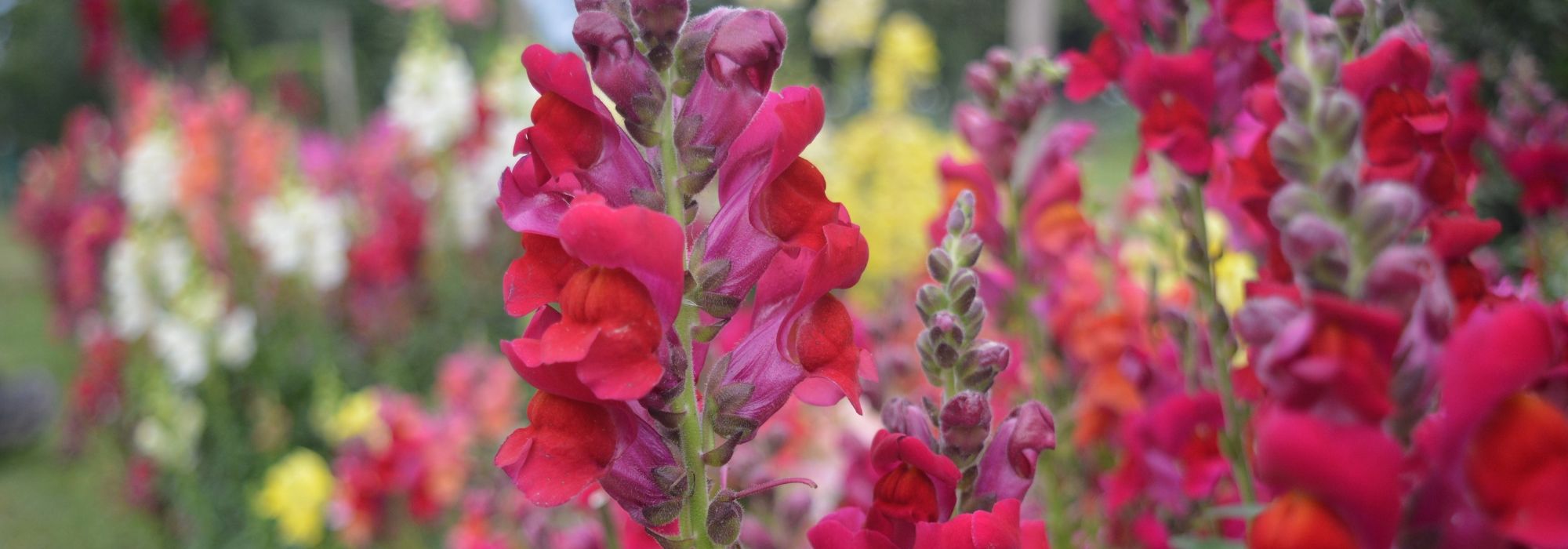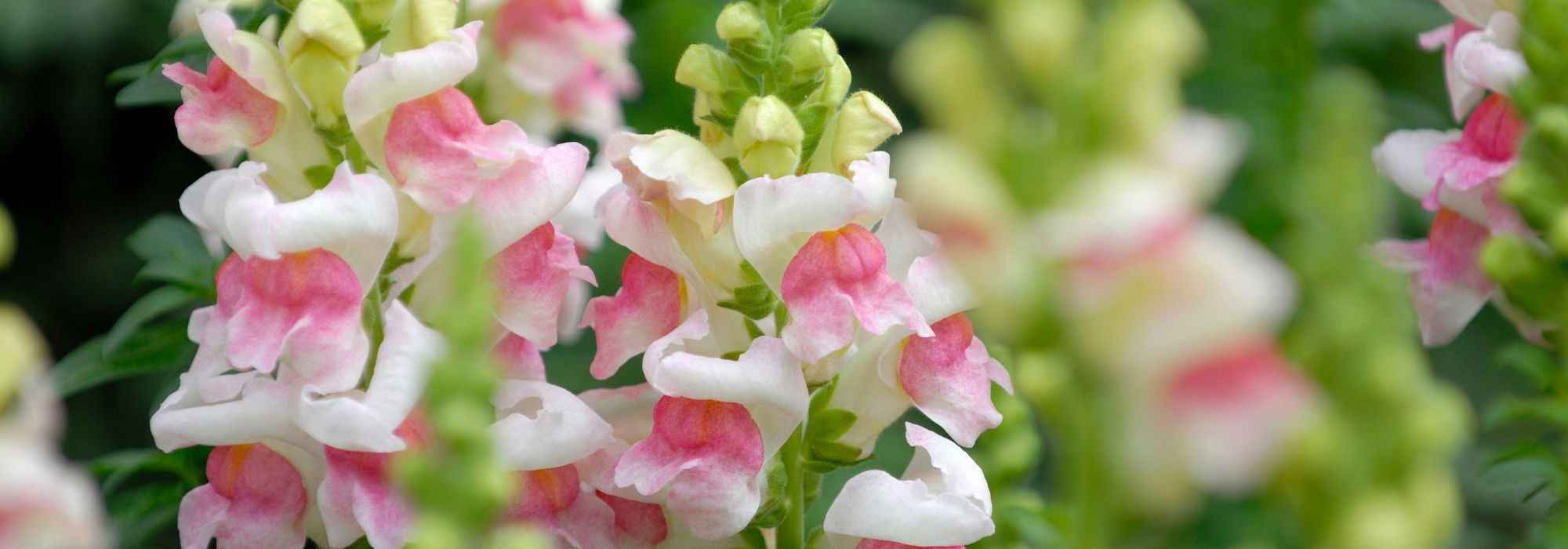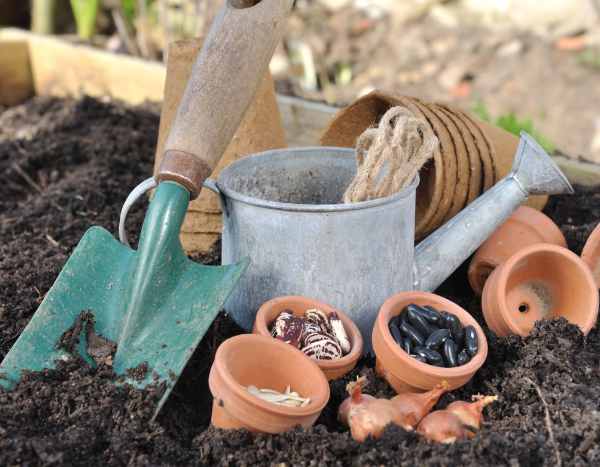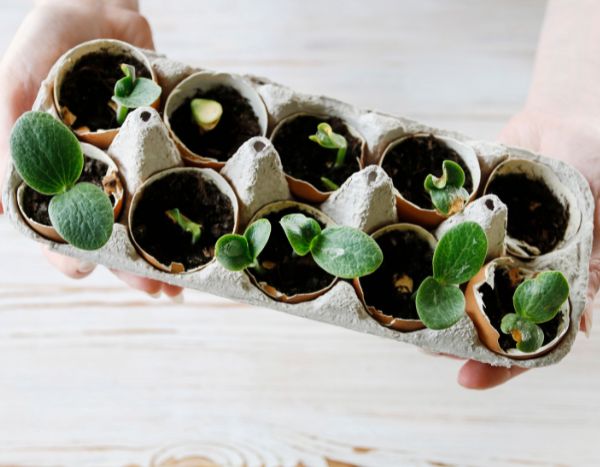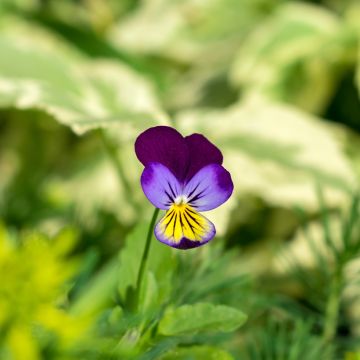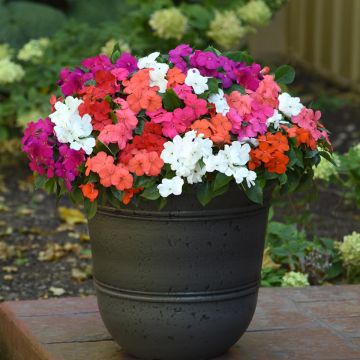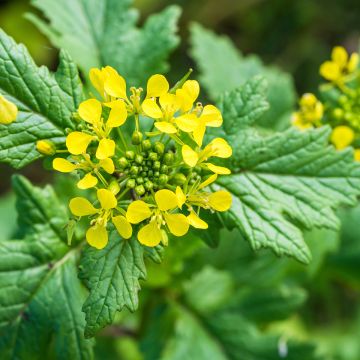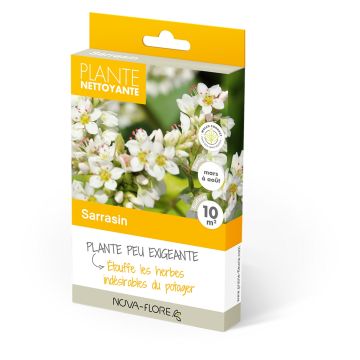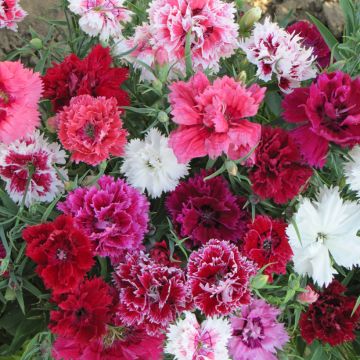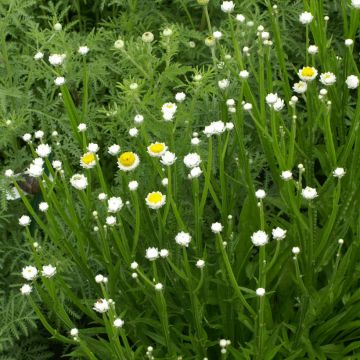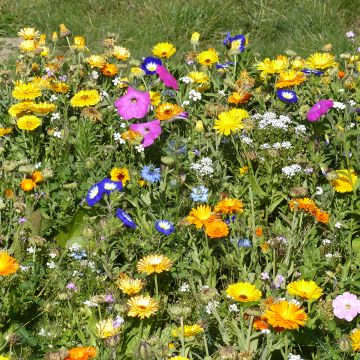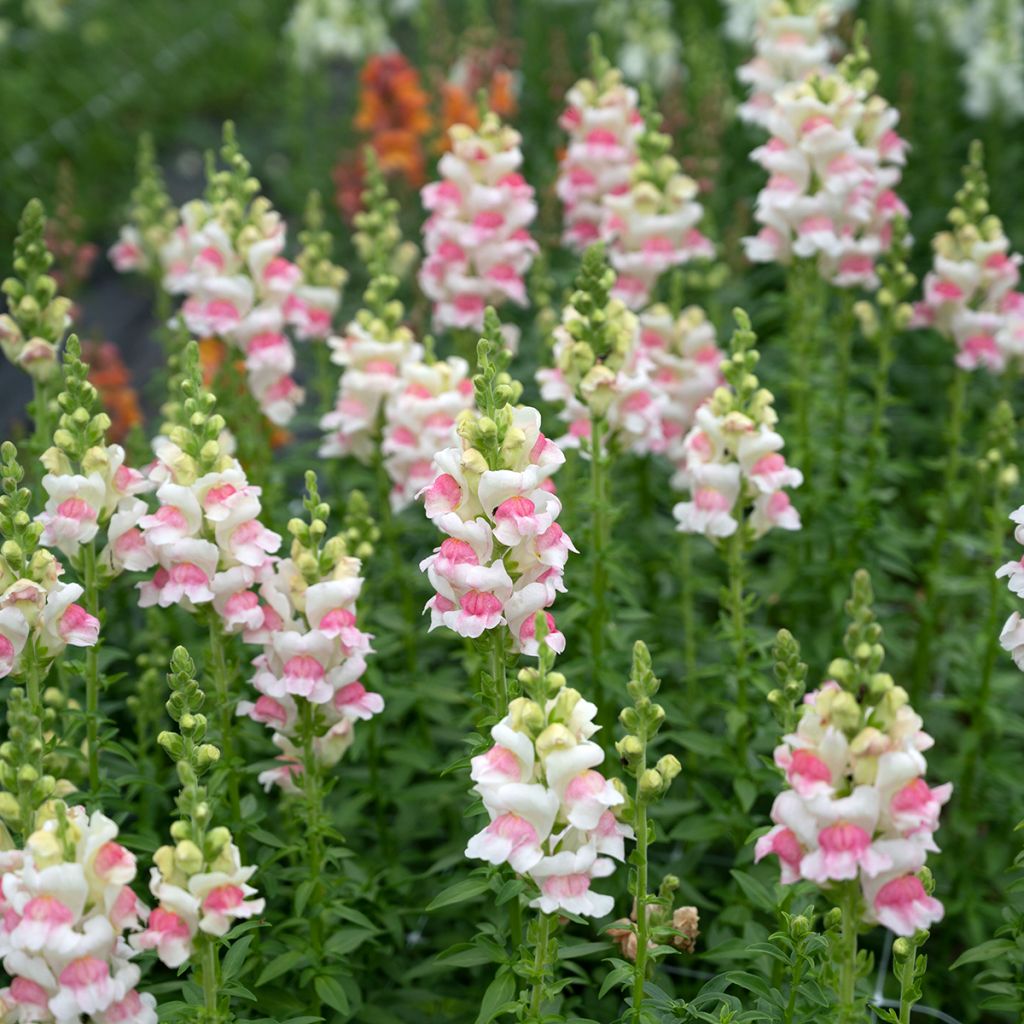

Snapdragon F1 Appleblossom seeds - Antirrhinum majus
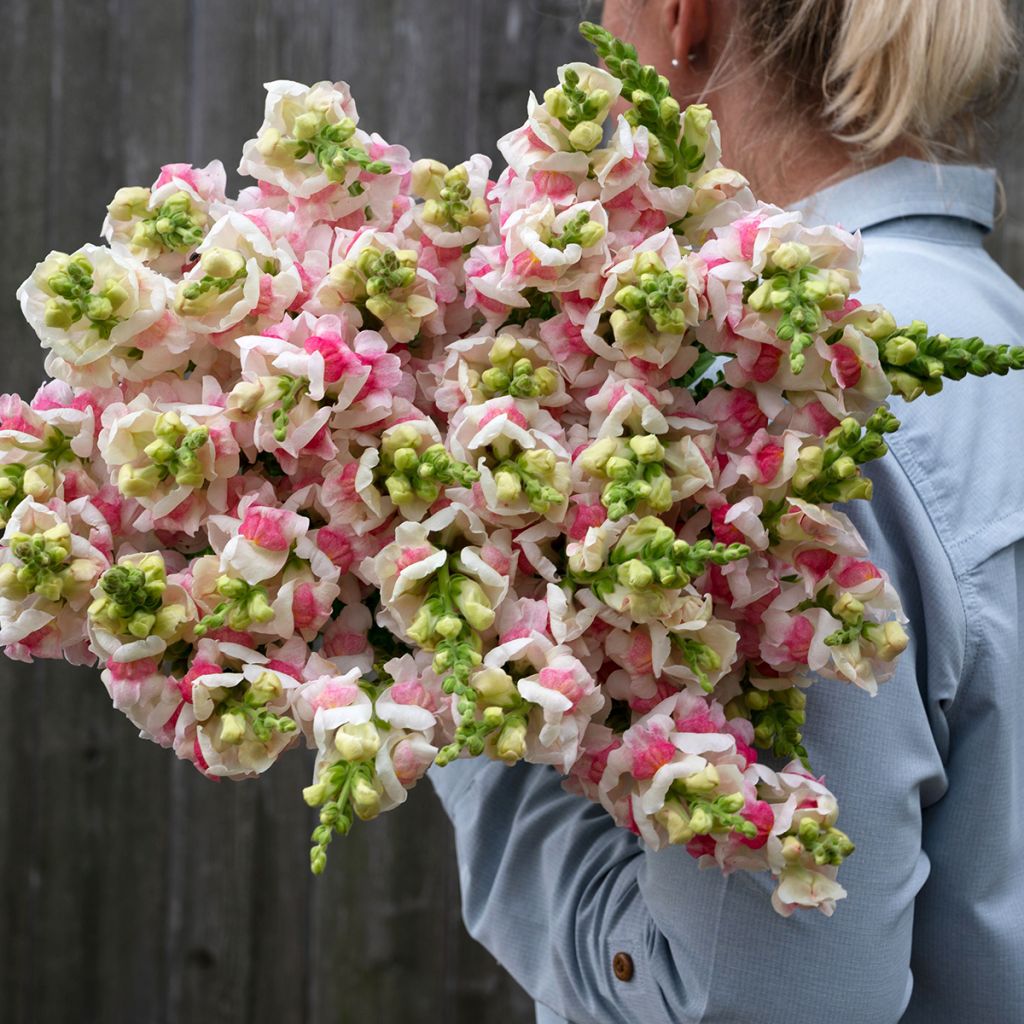

Snapdragon F1 Appleblossom seeds - Antirrhinum majus
Snapdragon F1 Appleblossom seeds - Antirrhinum majus
Antirrhinum x majus Appleblossom
Snapdragon, Garden Snapdragon
Special offer!
Receive a €20 voucher for any order over €90 (excluding delivery costs, credit notes, and plastic-free options)!
1- Add your favorite plants to your cart.
2- Once you have reached €90, confirm your order (you can even choose the delivery date!).
3- As soon as your order is shipped, you will receive an email containing your voucher code, valid for 3 months (90 days).
Your voucher is unique and can only be used once, for any order with a minimum value of €20, excluding delivery costs.
Can be combined with other current offers, non-divisible and non-refundable.
Home or relay delivery (depending on size and destination)
Schedule delivery date,
and select date in basket
This plant carries a 6 months recovery warranty
More information
We guarantee the quality of our plants for a full growing cycle, and will replace at our expense any plant that fails to recover under normal climatic and planting conditions.
Would this plant suit my garden?
Set up your Plantfit profile →
Description
Antirrhinum majus F1 Opus III/IV 'Appleblossom' is a Large-flowered Snapdragon, which is both highly ornamental in the garden and useful for pollinating insects. Furthermore, the Opus III/IV range is specially dedicated to cut flower production. The large flower spikes adorned with creamy white and deep pink flowers develop from June until the first frosts. They enhance flower beds and provide splendid bouquets to decorate interiors. Suitable for growing in open ground and in pots, this plant thrives in light.
Formerly classified among the Scrophulariaceae, the Snapdragon now belongs to the Plantaginaceae family, where it rubs shoulders with other ornamental plants, such as Foxgloves, Bacopa or Angelonia, all highly prized for flowering in beds or containers. Antirrhinum majus is the Great Snapdragon (sometimes also called Lion's Mouth by some), which grows naturally in the rocks and arid hillsides of Southern France, and naturalises here and there on old walls. It is also found in Southern Europe, Western Asia and Northern Africa. It is a plant that appreciates warmth and light (not necessarily full sun in hot climates), and develops in rather basic (calcareous) soils, poor in organic matter, but well supplied with mineral elements.
This originally wild plant is widely used by breeders to produce ever more floriferous and interesting cultivars. Snapdragon F1 Opus III/IV 'Appleblossom' is a horticultural variety optimised for vase life. Sow it in spring, and after three and a half months it will reward you with its large flower spikes. The plant has a slender silhouette and lanceolate leaves, curiously alternate or opposite, a beautiful, bright green which sets off the flowering well. Flowering begins in early June and continues until September, and even until the first frosts. The large flower stems rise between 60 and 80 cm above the ground and carry numerous bicoloured, about 3 cm flowers with the characteristic shape. When you pinch a flower on each side, it opens like a mouth, hence its common name. The tubular corolla is two-lipped with rounded lobes, the upper part creamy white and the lower part a fairly bright pink. With its long flowering period, this Snapdragon is particularly appreciated in English style beds and mixed borders. You will also, and especially, love it for the superb bouquets you can create to adorn your interior with a slight fragrant touch.
Plant your Large Snapdragon F1 Opus III/IV 'Appleblossom' in a varied bed alongside Cosmos with which it will associate perfectly. In mild climates, also sow Eucalyptus pulverulenta 'Baby Blue Spiral', whose foliage will structure your bouquets by enhancing the Snapdragon's flowers. In beds, you can continue to create a romantic atmosphere by mixing your Snapdragon with Old Roses to create scenes of pure softness...
Warning, seeds reserved for experienced gardeners accustomed to sowing very fine seeds. These seeds are as fine as dust, barely visible to the naked eye.
Snapdragon F1 Appleblossom seeds - Antirrhinum majus in pictures


Flowering
Foliage
Plant habit
Botanical data
Antirrhinum
x majus
Appleblossom
Plantaginaceae
Snapdragon, Garden Snapdragon
Cultivar or hybrid
Planting and care
Sow Antirrhinum majus F1 Opus Appleblossom from March to May on the surface of a well-drained seed compost. Do not cover the seeds, as light aids germination. Place your tray or pots in a propagator or plastic bag, maintaining a temperature of 16-20°C until germination, which usually takes 7 to 14 days. Transplant the young plants when they are large enough to handle into 8 cm pots or containers. Gradually acclimatise the plants to cooler conditions for a few weeks before planting them out after all risk of frost, spacing them 25 to 30 cm apart. Flowering begins between 100 and 110 days after sowing.
Snapdragons thrive in fertile, well-drained, loose soil and full sun. The common snapdragon is not very hardy (-6/-7°C), so it is often grown as an annual or biennial. However, it is not uncommon for snapdragons to survive several mild winters, though they may become more susceptible to rust... To try and preserve a beautiful variety, protect the plants from severe frost in winter by ensuring good soil drainage and covering the crowns with a thick layer of leaves or dry grass: they will regrow in spring and flower earlier.
Sowing period
Intended location
Planting & care advice
This item has not been reviewed yet - be the first to leave a review about it.
Similar products
Haven't found what you were looking for?
Hardiness is the lowest winter temperature a plant can endure without suffering serious damage or even dying. However, hardiness is affected by location (a sheltered area, such as a patio), protection (winter cover) and soil type (hardiness is improved by well-drained soil).

Photo Sharing Terms & Conditions
In order to encourage gardeners to interact and share their experiences, Promesse de fleurs offers various media enabling content to be uploaded onto its Site - in particular via the ‘Photo sharing’ module.
The User agrees to refrain from:
- Posting any content that is illegal, prejudicial, insulting, racist, inciteful to hatred, revisionist, contrary to public decency, that infringes on privacy or on the privacy rights of third parties, in particular the publicity rights of persons and goods, intellectual property rights, or the right to privacy.
- Submitting content on behalf of a third party;
- Impersonate the identity of a third party and/or publish any personal information about a third party;
In general, the User undertakes to refrain from any unethical behaviour.
All Content (in particular text, comments, files, images, photos, videos, creative works, etc.), which may be subject to property or intellectual property rights, image or other private rights, shall remain the property of the User, subject to the limited rights granted by the terms of the licence granted by Promesse de fleurs as stated below. Users are at liberty to publish or not to publish such Content on the Site, notably via the ‘Photo Sharing’ facility, and accept that this Content shall be made public and freely accessible, notably on the Internet.
Users further acknowledge, undertake to have ,and guarantee that they hold all necessary rights and permissions to publish such material on the Site, in particular with regard to the legislation in force pertaining to any privacy, property, intellectual property, image, or contractual rights, or rights of any other nature. By publishing such Content on the Site, Users acknowledge accepting full liability as publishers of the Content within the meaning of the law, and grant Promesse de fleurs, free of charge, an inclusive, worldwide licence for the said Content for the entire duration of its publication, including all reproduction, representation, up/downloading, displaying, performing, transmission, and storage rights.
Users also grant permission for their name to be linked to the Content and accept that this link may not always be made available.
By engaging in posting material, Users consent to their Content becoming automatically accessible on the Internet, in particular on other sites and/or blogs and/or web pages of the Promesse de fleurs site, including in particular social pages and the Promesse de fleurs catalogue.
Users may secure the removal of entrusted content free of charge by issuing a simple request via our contact form.
The flowering period indicated on our website applies to countries and regions located in USDA zone 8 (France, the United Kingdom, Ireland, the Netherlands, etc.)
It will vary according to where you live:
- In zones 9 to 10 (Italy, Spain, Greece, etc.), flowering will occur about 2 to 4 weeks earlier.
- In zones 6 to 7 (Germany, Poland, Slovenia, and lower mountainous regions), flowering will be delayed by 2 to 3 weeks.
- In zone 5 (Central Europe, Scandinavia), blooming will be delayed by 3 to 5 weeks.
In temperate climates, pruning of spring-flowering shrubs (forsythia, spireas, etc.) should be done just after flowering.
Pruning of summer-flowering shrubs (Indian Lilac, Perovskia, etc.) can be done in winter or spring.
In cold regions as well as with frost-sensitive plants, avoid pruning too early when severe frosts may still occur.
The planting period indicated on our website applies to countries and regions located in USDA zone 8 (France, United Kingdom, Ireland, Netherlands).
It will vary according to where you live:
- In Mediterranean zones (Marseille, Madrid, Milan, etc.), autumn and winter are the best planting periods.
- In continental zones (Strasbourg, Munich, Vienna, etc.), delay planting by 2 to 3 weeks in spring and bring it forward by 2 to 4 weeks in autumn.
- In mountainous regions (the Alps, Pyrenees, Carpathians, etc.), it is best to plant in late spring (May-June) or late summer (August-September).
The harvesting period indicated on our website applies to countries and regions in USDA zone 8 (France, England, Ireland, the Netherlands).
In colder areas (Scandinavia, Poland, Austria...) fruit and vegetable harvests are likely to be delayed by 3-4 weeks.
In warmer areas (Italy, Spain, Greece, etc.), harvesting will probably take place earlier, depending on weather conditions.
The sowing periods indicated on our website apply to countries and regions within USDA Zone 8 (France, UK, Ireland, Netherlands).
In colder areas (Scandinavia, Poland, Austria...), delay any outdoor sowing by 3-4 weeks, or sow under glass.
In warmer climes (Italy, Spain, Greece, etc.), bring outdoor sowing forward by a few weeks.






























